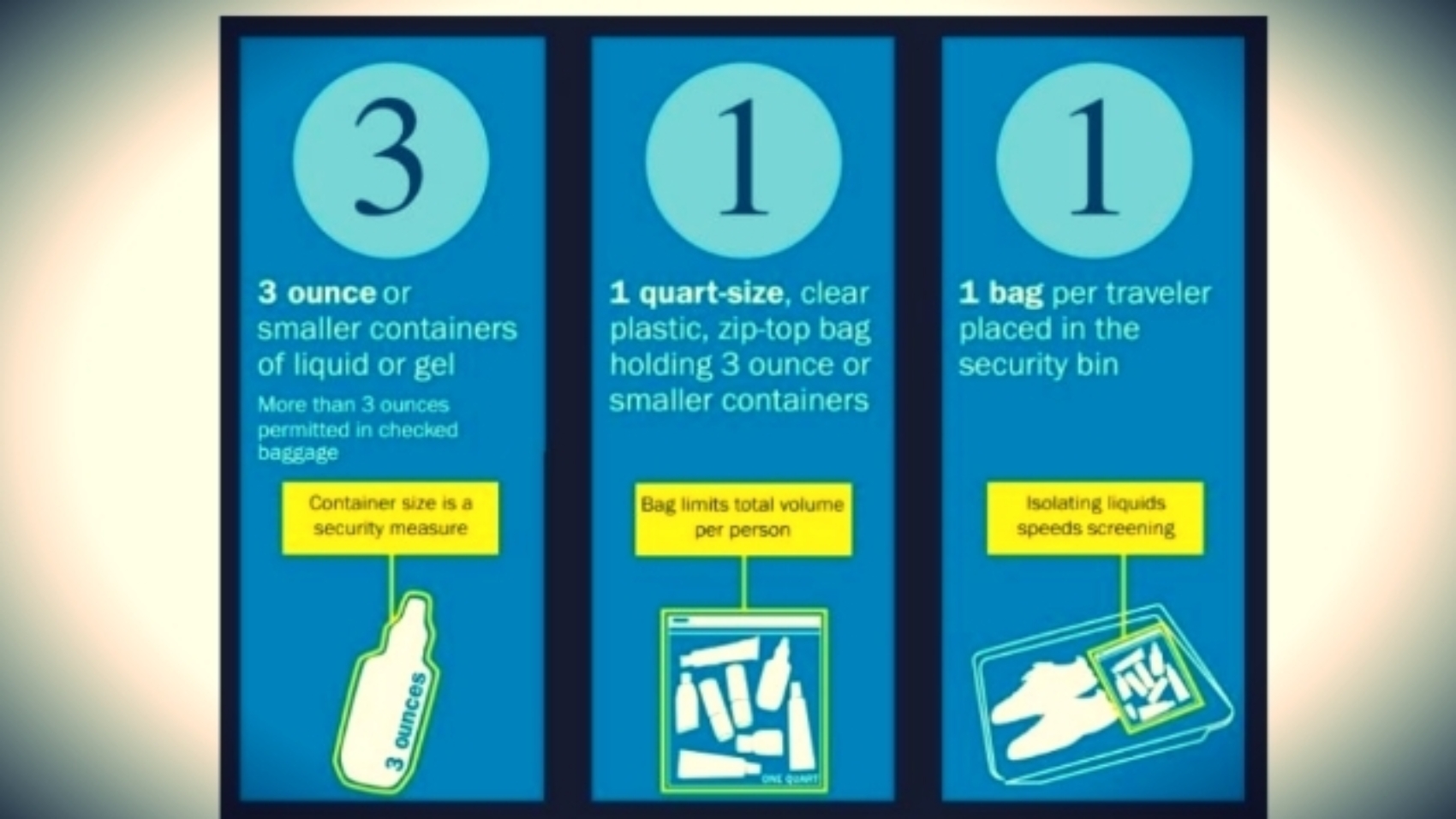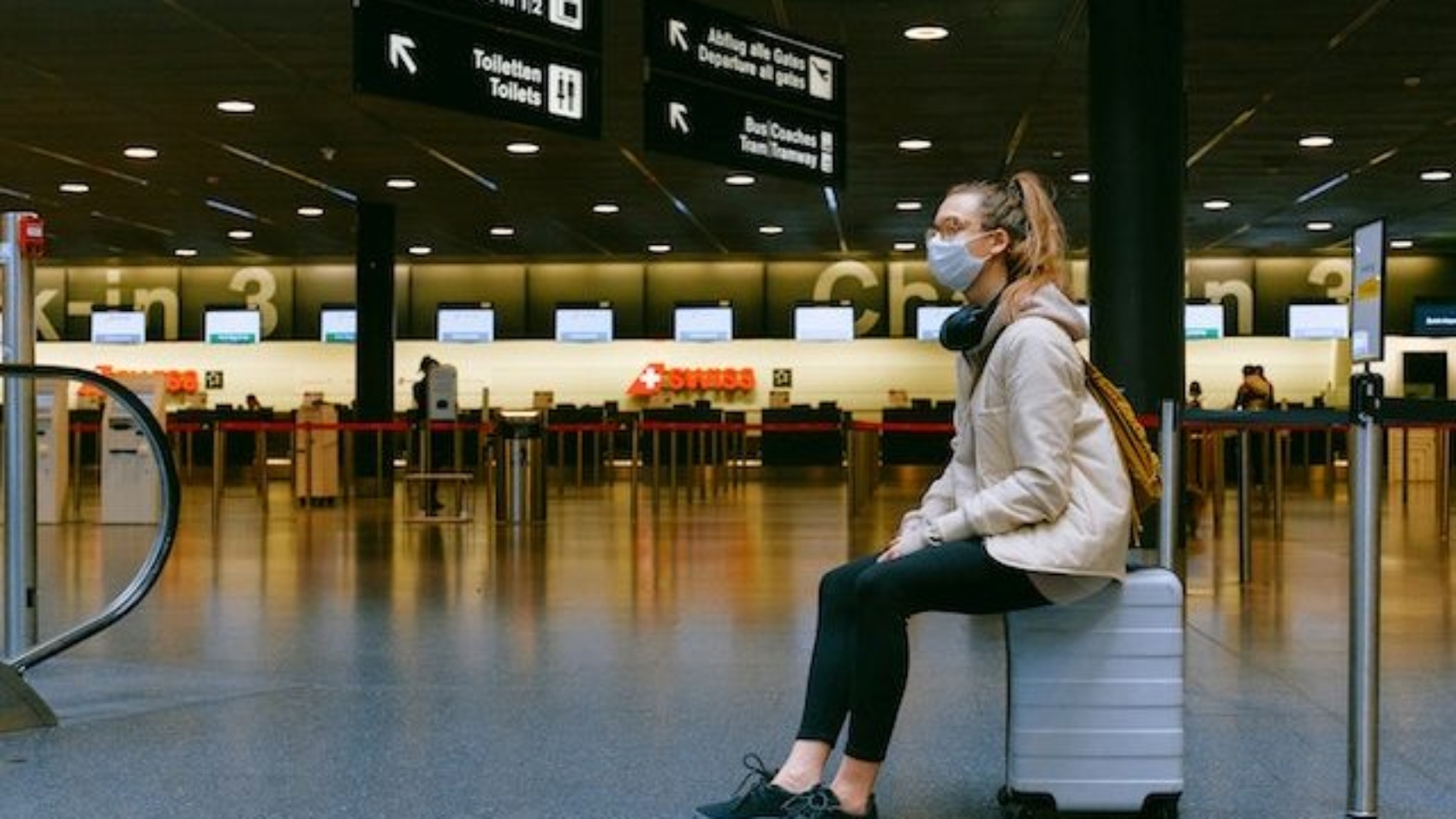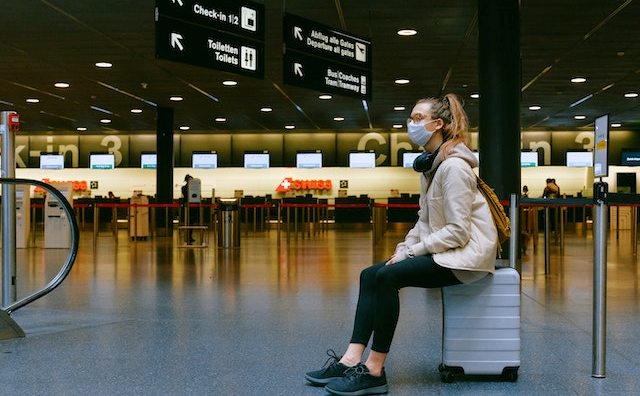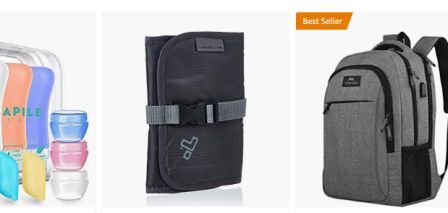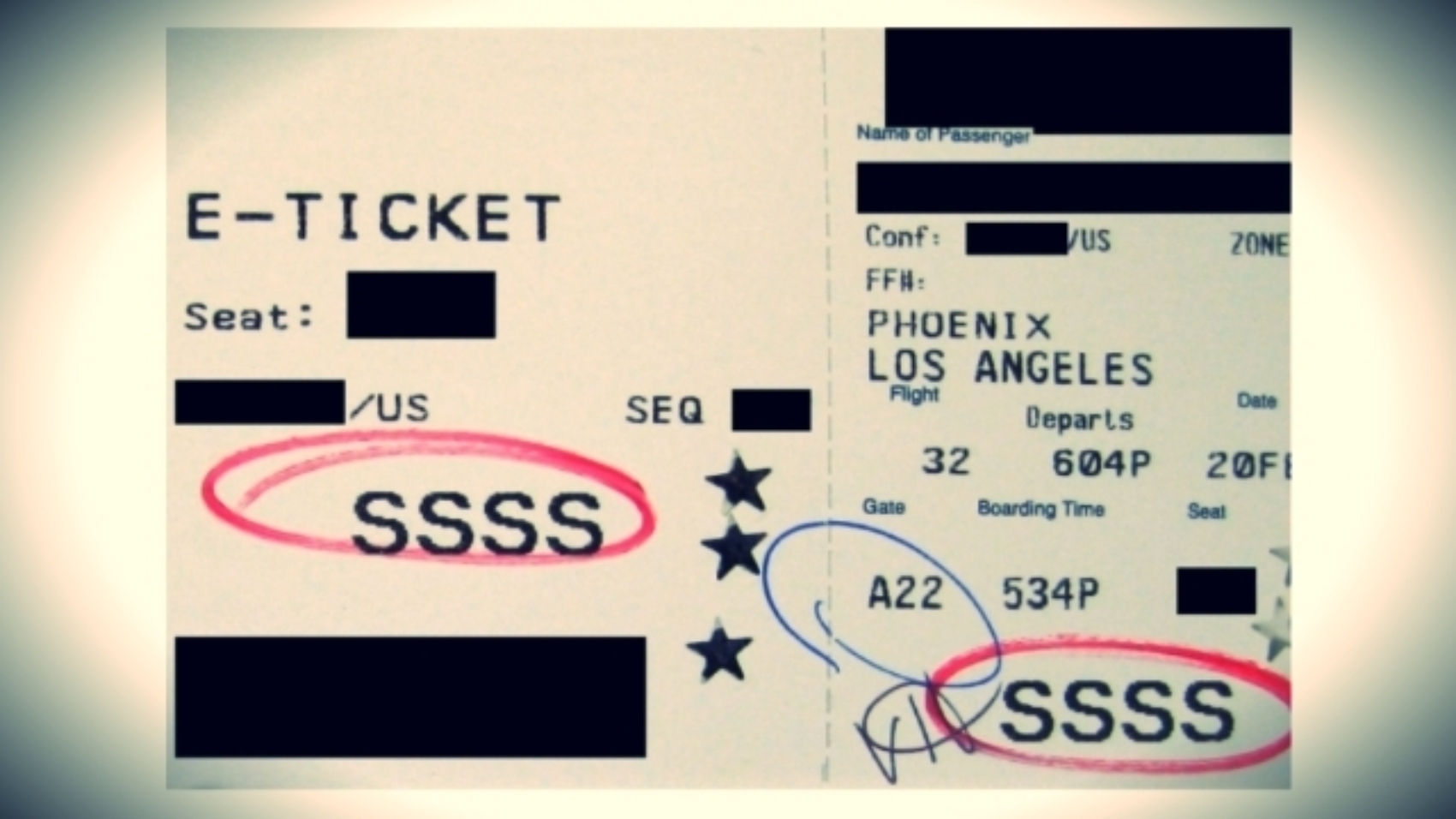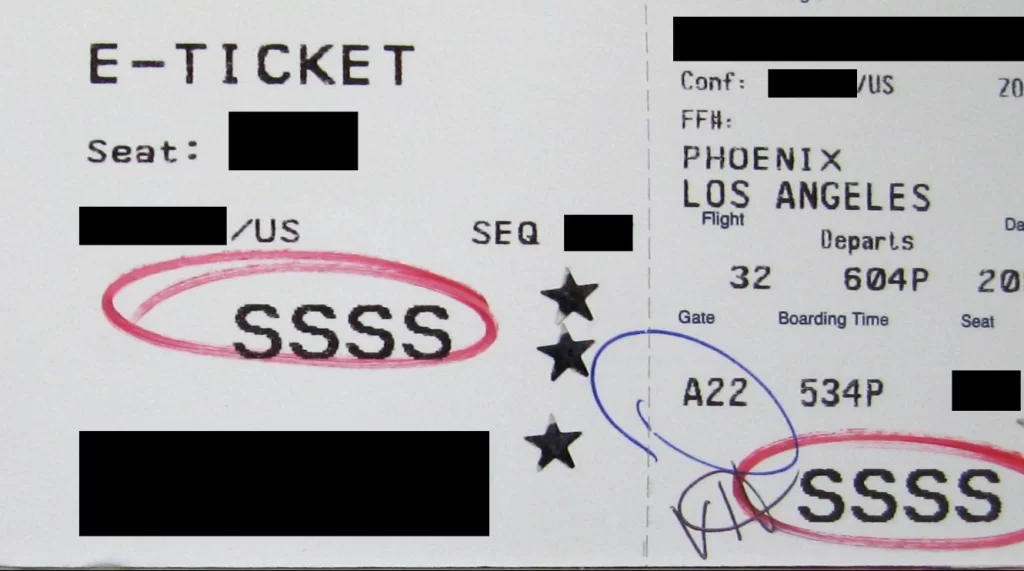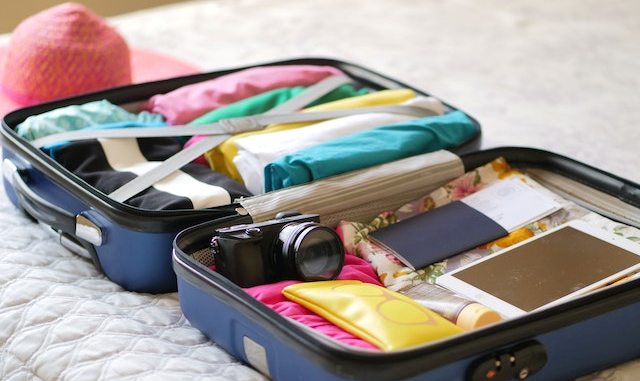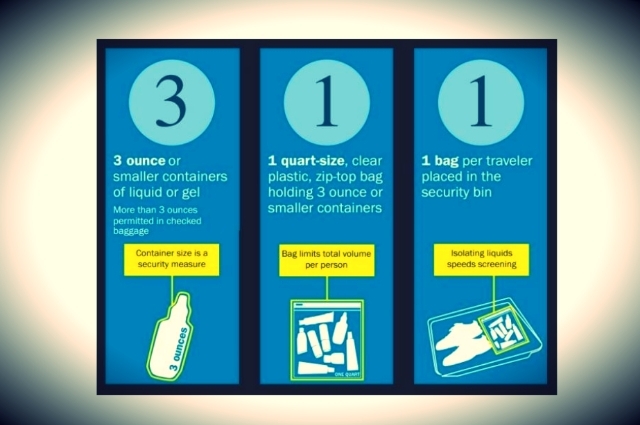
What is the 3-1-1 rule?
The 3-1-1 rule explains how to pack liquids, aerosols, gels, creams, and pastes in your carry-on bag.
The Transportation Security Administration (TSA) is in charge of ensuring that flying in the US is secure. The TSA has established a set of regulations for the kinds of liquids that may be brought on an airplane as part of this duty.
Every passenger is permitted to bring a quart-sized bag of liquids, aerosols, gels, creams, and pastes in both their carry-on and checked bags, according to the 3-1-1 rule. The containers for these things must be travel-sized and hold no more than 3.4 ounces (100 milliliters) of stuff each. In order to be inspected, each quart-sized clear plastic bag must contain all liquids, aerosols, gels, creams, and pastes.
Exceptions to the 3-1-1 rule
The 3-1-1 rule is subject to a few exceptions. Juice for infants or toddlers, breast milk, and baby formula can all be transported in larger quantities without needing to be packed in quart-sized bags. Larger quantities of medical supplies can be transported without needing to be packed in quart-sized bags, including insulin and syringes.
The focus
The 3-1-1 rule of the TSA is in place to guarantee air travel security. Passengers can contribute to making air travel safer by following the rules for carrying liquids, aerosols, gels, creams, and pastes in carry-on bags. It is advised that travelers be familiar with the 3-1-1 rule and make appropriate travel arrangements.
Five basics reasons to follow the 3-1-1 rules
- Air travel is now more secure thanks to the 3-1-1 rule, which works to stop passengers from bringing potentially harmful items onto a plane.
- Convenience: By adhering to the 3-1-1 rule, security personnel can quickly inspect the items without having to open and search through larger bags, speeding up the security screening process for everyone.
- The 3-1-1 rule must be followed; it is a prerequisite for air travel. Passengers who adhere to the rule are sure to comply with the rules and stay clear of any potential problems.
- Avoid Confiscation: If the 3-1-1 rule is broken, items may be taken away, which can be both inconvenient and expensive. Passengers can prevent having their items seized by adhering to the rule.
- Avoid Delays: Failure to follow the 3-1-1 rule can also cause delays, such as when going through security or missing a flight. Passengers can guarantee a smooth and stress-free trip by adhering to the rule.
Following the rules
Follow the TSA’s 3-1-1 rule for liquids in carry-on bags. If you want to make sure that air travel is safe and secure, you must follow this rule. If the rule is broken, there may be a variety of repercussions, such as having items seized or missing flights. Learn the 3-1-1 rule and make travel arrangements accordingly if you want to stay clear of these problems. By following the rules, you can make security screening faster and more effective for everyone and make sure that your trip is calm and free of stress.
Travelers must take the 3-1-1 rule seriously and make sure that all liquids, gels, creams, pastes, and aerosols in their carry-on luggage adhere to TSA guidelines. By doing this, security lines will move more quickly, passengers will feel safer and more secure, and everyone will have a better overall travel experience. Because they disregarded the 3-1-1 rule, which is a straightforward and simple rule to follow, many passengers have lost their flights.
It is always necessary to follow safety protocols. It is crucial to include it on your list of recommended actions in order to protect your travel experience. The following phrase will always be “Have a nice flight!” if everything is safe.
Important
I advocate for travel safety, travel security, travel to learn, and a positive customer experience to help people have a pleasant and stress-free travel experience. You are welcome to join this expanding Facebook group if you have inquiries or wish to share feedback on a subject. Or check out my contact page. We can discuss useful things.
Francklin Pierre
Caribbean Social Communicator,
Community manager.
Promotor of Self-Leadership, Travel Safety,
Cultural Exchange and Culture of peace
